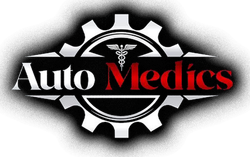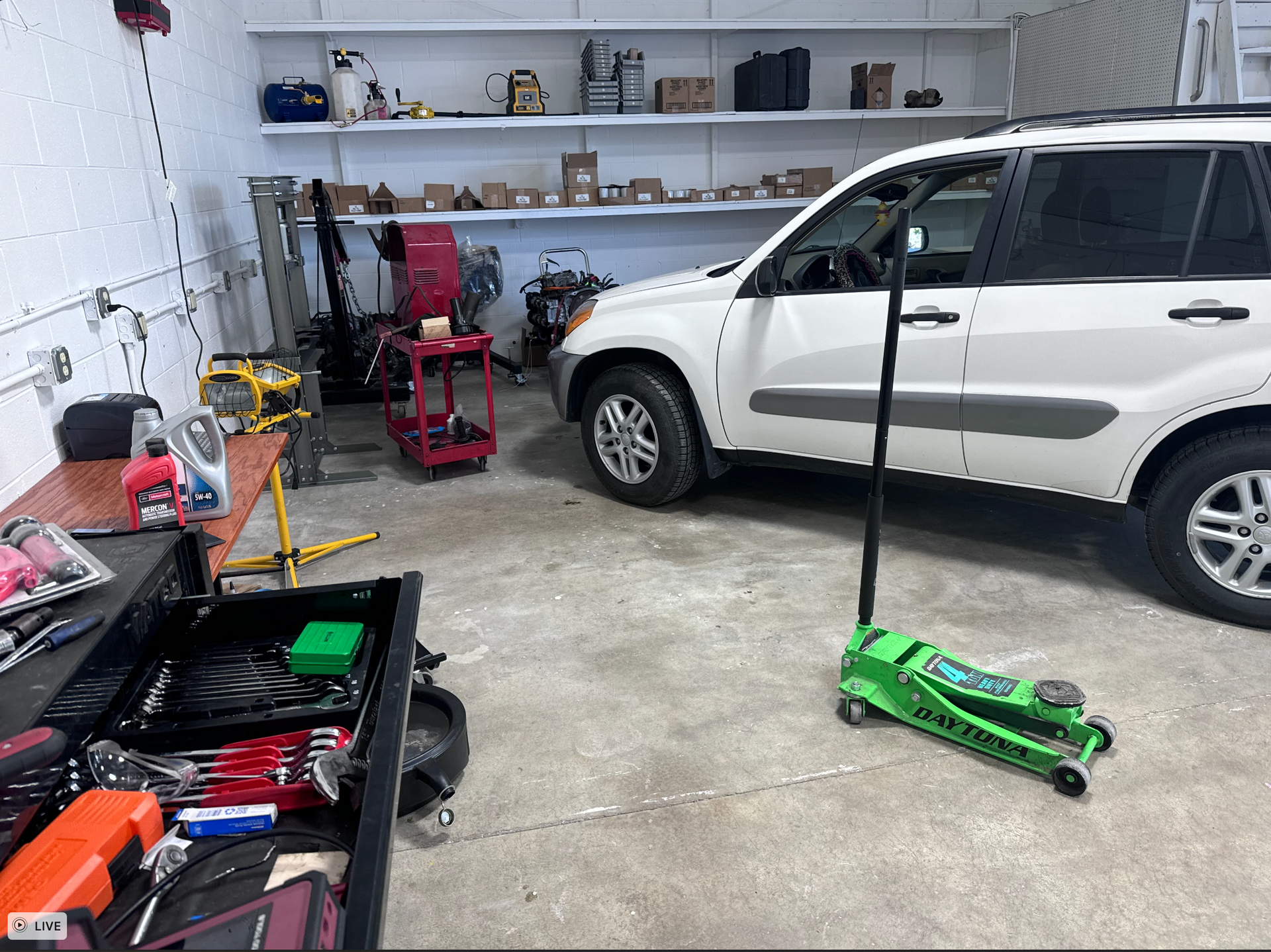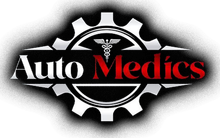What Our Customers Are Saying...
Brake Service
Reliable brakes are crucial for safety. We inspect, repair, and replace brake components to ensure optimal performance. Trust us to keep your brakes dependable.
SUSpension service
A good suspension ensures a smooth ride and handling. We inspect and repair suspension parts to maintain vehicle performance. Let us keep your ride comfortable and stable.
steering service
Precise steering is essential for safe driving. We inspect and repair steering systems to ensure accurate response. Keep your vehicle's steering smooth.
Meet the Missoula Mechanics
We specialize in servicing Subaru, Honda, Chevy, Ford, Dodge, Toyota, Nissan, GMC, Mazda, SUVs, trucks, sedans, and much more. you can Trust us for Neighborly, honest, & Premium service for your domestic, European, and Japanese vehicles.
Welcome to Auto Medics, your premier destination for auto repair in Missoula, MT. Since our inception, we have been committed to providing the best customer service, ensuring every customer that comes through our doors leaves happier than when they walked in. Our team of Missoula mechanics specialize in a wide range of services, including brake repairs, suspension & steering adjustments, oil changes, engine diagnostics, A/C repair, pre-purchase inspections, and fleet maintenance. We take pride in our thorough and precise approach, delivering reliable results that keep our customers safe on the road.
Located on broadway in Missoula, our auto and tire repair shop stands out as a trusted name in the community, known for having the best customer experience around. Our facility is equipped with the latest technology, enabling us to diagnose and repair vehicles and their tires with accuracy. We get the importance of your vehicle for your daily life, & our goal is to minimize downtime. Whether you drive a domestic car or an import, our Missoula mechanics have the expertise to handle all makes and models, ensuring your auto repair is done right.
Auto Medics, believes in building lasting relationships with our clients through honesty, integrity, and transparency. We give clear estimates, fair pricing, and a detailed explanation of the services your vehicle needs. Our commitment to you extends beyond the garage, as we strive to create a warm and welcoming environment for all our customers. Trust Auto Medics for all your auto & tire needs, and relish in the experience of working with a team that cares about both you and you vehicle.
Tire Repair in Missoula County
DEDICATED to Automotive EXCELLENCE
QUALITY
At Auto Medics, our Missoula mechanics deliver top-rated service with the best parts and skilled technicians, ensuring your vehicle runs smoothly.
TRANSPARENCY
We believe in honest communication, providing clear explanations for every repair, building trust with our customers.
SAFETY
Your safety is our #1 priority. We follow strict safety standards, thoroughly inspecting every vehicle to ensure it's roadworthy.
Car Repair in Missoula, MT
Auto Medics in Missoula, MT, takes pride in offering exceptional auto repair for a wide variety of vehicles. Our team is experienced in servicing popular brands such as Subaru, Honda, Chevy, Ford, Dodge, Toyota, Jeep, Nissan, and GMC. Whether you drive a sturdy SUV, a diesel truck, or a smaller sedan, you can trust Auto Medics to handle your vehicle with the utmost care and professionalism. Our Missoula mechanics understand the unique needs of each type of vehicle, big or small.
While our premium services cover a broad spectrum of vehicles, it's important to note that we currently do not service diesel engines. However, our expertise extends to all other aspects of automotive repair and maintenance, making us your go-to choice for any automotive needs. From full synthetic oil changes and brake repairs to complex engine diagnostics and A/C repair, our Missoula mechanics are equipped to keep your vehicle running smoothly and safely.
"The Auto Medics Way"
the benefits of choosing Auto Medics as your Auto REpair Shop, where Premium service, Exceptional care, and customer satisfaction are our top priorities.
01
Best Customer Service in Missoula
02
Tire Repair & Replacement
03
ASE Certified
Technicians
04
Free Coffee
& Snacks
05
Transparent
Pricing
06
Local
Service
07
Preventive
Maintenance
08
Missoula Mechanics
Mechanics Images
Auto Repair Near Me
Located on Broadway in Missoula, MT, Auto Medics is your destination for premium auto repair and tire repair. As an O'Reilly Worry Free Shop, we offer a 12-month/10,000-mile warranty, ensuring your peace of mind with every visit. Our central location plus our Missoula mechanics allow us to conveniently serve the residents of the surrounding areas.
Cities and towns we proudly serve:
- Lolo, MT
- Frenchtown, MT
- Bonner-West Riverside, MT
- East Missoula, MT
- Orchard Homes, MT
- Turah, MT
- Clinton, MT
- Wye, MT
- Huson, MT
- Alberton, MT
- Arlee, MT
- Florence, MT
- Stevensville, MT
- Victor, MT
- Evaro, MT
- Seeley Lake, MT
- Potomac, MT
- Greenough, MT
- Charlo, MT
- St. Ignatius, MT
- Ravalli, MT
- Dixon, MT
- Superior, MT
- St. Regis, MT




















